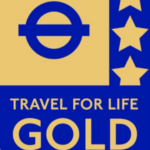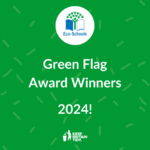45 Year 8 Latin students enjoyed a fabulous trip to the Bay of Naples, walking in the footsteps of the Romans and our beloved Caecilius at various classical sites including Pompeii, Herculaneum, Stabiae, Oplontis and Boscoreale. It was a trip of high culture, excellent food and feline friends, plus some glorious sunny weather throughout the week (preceding a week of rainfall once we left!)
POMPEII
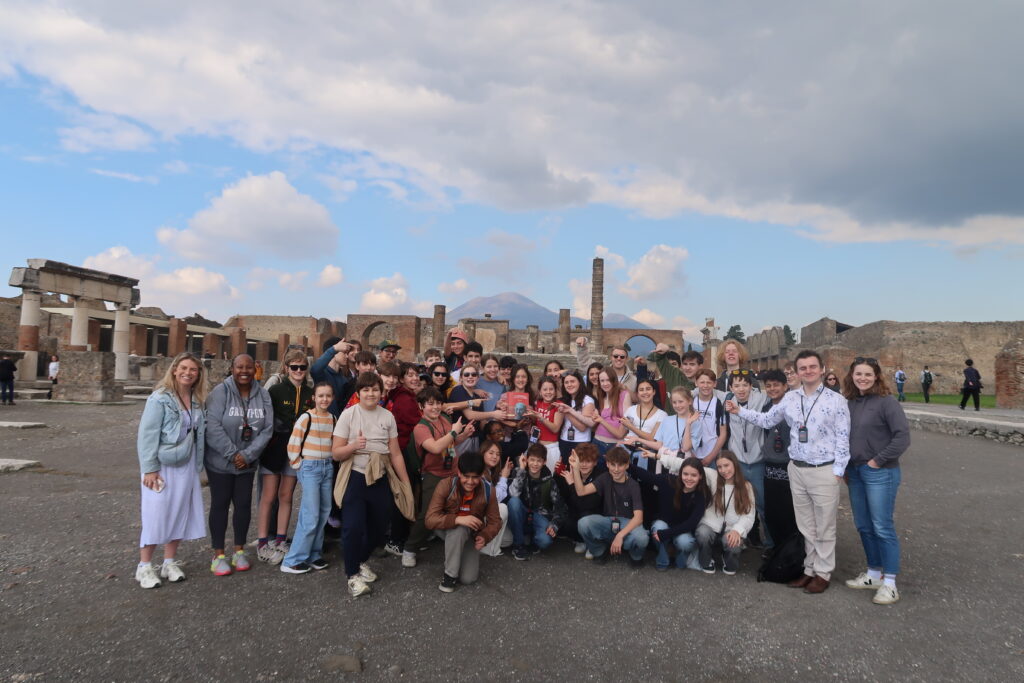
The raison d’être for the trip was of course Pompeii, with its superbly preserved villas, frescoes and mosaics, together with the town’s civic buildings: the Forum, Baths and Amphitheatre. Students made a pilgrimage to the house of Caecilius for an emotional reunion with the eternal soul of the Cambridge Latin Course. We spotted the famous ‘Cave Canem’ (‘Beware of the Dog!’) mosaic and graffiti advocating Holconius as a candidate for election. We kept an eye on the ominous Mount Vesuvius looming over the city centre, with the town’s plaster casts of the deceased providing a vivid reminder of the tragedy of 79AD.
After departing Pompeii, we donned hairnets for an ice cream making workshop, enjoying lemon sorbet and chocolate ice cream. Mimosa, Laurie and Otto played a major role here in producing the ice cream which was greatly enjoyed by all.
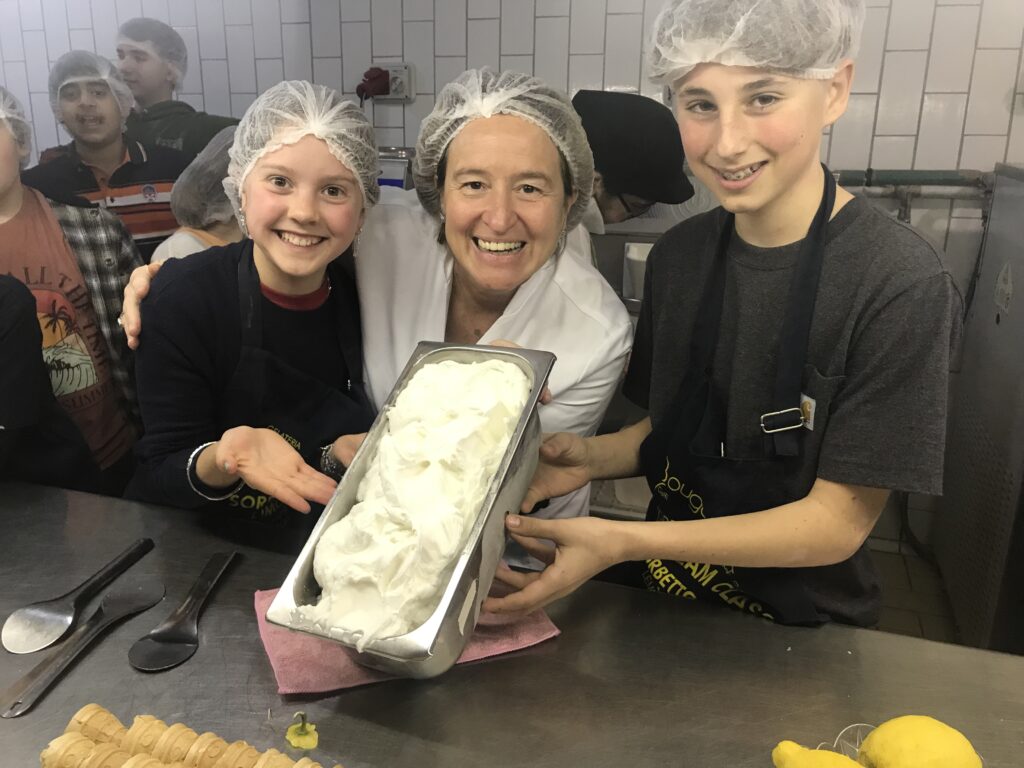
We then enjoyed some free time and watched the sun setting over Sorrento. After a quick bite to eat at a roadside café, staff enjoyed a leisurely stroll down to the peaceful Sorrento coastline.
Amelie (8MDG) commented ‘The Sorrento trip was an amazing experience for me, and I had so much fun in all the activities. The highlight of the trip for me was visiting Pompeii and Herculaneum where I learnt some incredible and fascinating facts. The pizza and pasta in the group lunches was delicious and the food in the hotel was very good. I really enjoyed the free time we had in Sorrento, where we went sightseeing and souvenir shopping. The beach was very pretty, and I loved watching the sun go down behind the mountains.’
STABIAE and HERCULANEUM
The next day involved a visit to the Villa San Marco and Villa Arianna. Villa Arianna has some particularly fine frescoes while Villa San Marco is a well-preserved example of a substantial Roman villa. There were great views of the volcano, and the surrounding Stabiae. A cat – named ‘Caekittycus’ by a group of adoring students – faithfully followed us around the rooms of each villa. There were some lovely frescoes of the gods and a superb ‘natatio’ swimming pool in the centre of the Villa San Marco.
Herculaneum, the sister of Pompeii, was our next stop. At the Villa dei Papiri built by the father-in-law of Julius Caesar, we viewed the papyrus scrolls which were left carbonised by the eruption. Many of the mosaic decorations of some of the villas here were very well-preserved such as the Casa del Atrio Mosaico and the beautifully ornate mosaic housed in the Casa del Nettuno ed Anfitrite. We toured the town’s baths, palaestra and amphitheatre, and students were particularly interested in the monstrous water-fountain in the shape of a multi-headed Hydra.
BOSCOREALE and OPLONTIS
Owing to some earthquake tremors, we had to change course on the fourth day of our tour as Cumae had been shut for a week as a precautionary measure. Instead, we visited Boscoreale, home to a beautifully preserved ‘villa rustica’ (‘country house’), the deceased body of Cerberus the dog from the Cambridge Latin Course, and a farmyard full of carbonised animals, including a mouse! Ms Philp was particularly enthused by the carbonised loaf of Pompeiian bread, a familiar visual source from the GCSE syllabus. Another cat, ‘Miaowtella’, received a lot of attention from students, who needed to be steered back on track by their Salvius-esque overseer, Mr Morrison.
Oplontis was next, the home of Poppaea, the emperor Nero’s consort and girlfriend of Grumio from the Cambridge Latin Course. This was a magnificent villa, full of beautiful frescoes and a range of wonderful statues including female Centaurs and the struggle between Hermaphroditus and a satyr. Students asked lots of excellent questions here, and showed great interest in the structure of the house and content of the artwork.
Lunch involved a visit to the breathtakingly beautiful Lake Avernus, the entrance to the underworld in classical mythology, and a special visit to a lakeside restaurant where all produce is grown on site. This was a delicious meal greatly enjoyed by all, ticking the ‘pasta’ box, as well as providing some of the freshest orange and lemon juice we have ever had. One student said that they spotted Charon, the ferryman of the underworld, doing laps at one of the deeper ends of the lake.
Upon our return to Sorrento, we had some free time for souvenir shopping and enjoyed ice cream at the Primavera gelateria, ‘the best ice cream shop in the south of Italy’ according to our guide. The Pope had visited so we were in good company. Staff greatly enjoyed the ice cream and the freebies kindly afforded by management.
NAPLES
And so to Naples, where we visited the Archaeological Museum, home to the famous Farnese sculptures. This was a late addition to our tour, but a fabulous chance to see the various frescoes of the sites previously visited. Highlights included the statues of the emperors, the Farnese Hercules and a magnificent reconstruction of Pompeii. Next door to the Farnese Bull depicting the torture of Dirce, students tinkled away on the ivories. We were fortunate to have a number of pianists on the tour, and museum visitors were greatly impressed.
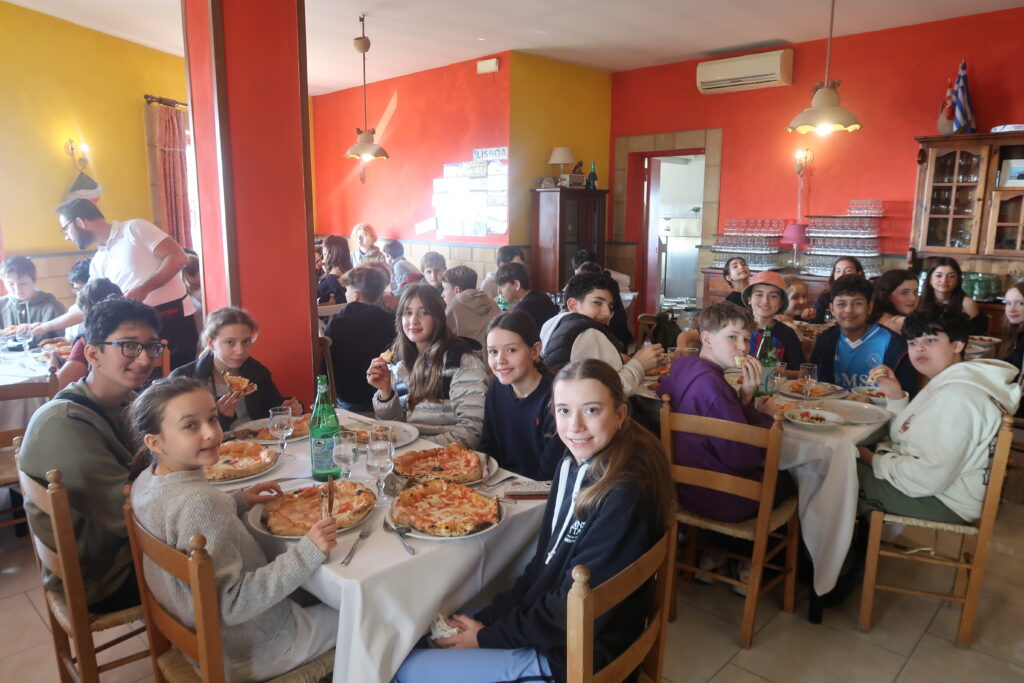
Our final restaurant stop was a visit to a pizzeria outside the Museum, where students enjoyed beautiful Neapolitan pizzas and a generous helping of strawberry ice cream, before taking a trip underground beneath the San Lorenzo Cathedral, one of the oldest and most fascinating churches in Naples. Here we were able to see archaeological evidence of the ancient Greek and Roman settlement of Neapolis. This was a proper ‘Indiana Jones’-esque adventure, and a fitting end to the tour.
The order of sites was very helpful in adding further embellishment to our understanding of the spider-web central Pompeii. We were very fortunate to have a group of excellently behaved students who were brilliantly engaged with our guided tours.
Thank you to all students, and to the best trip team ever made up of Mr Calwell, Ms Parks, Ms Philp and Miss Wingrove for all their help and support on the trip.
Until the next time, o Caecilii!
Mr Morrison, Teacher of Classics










